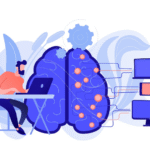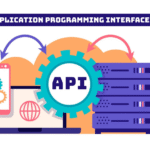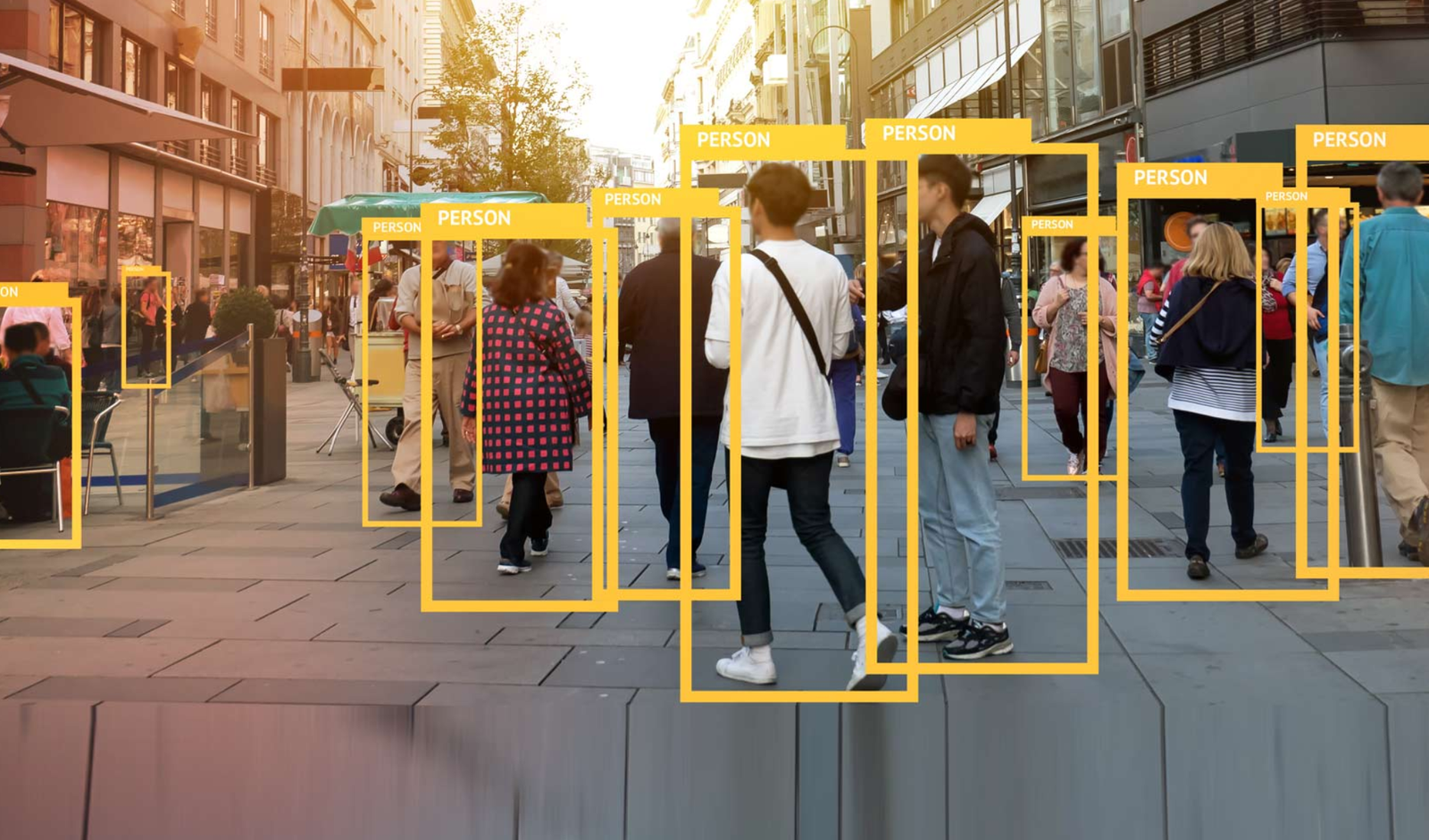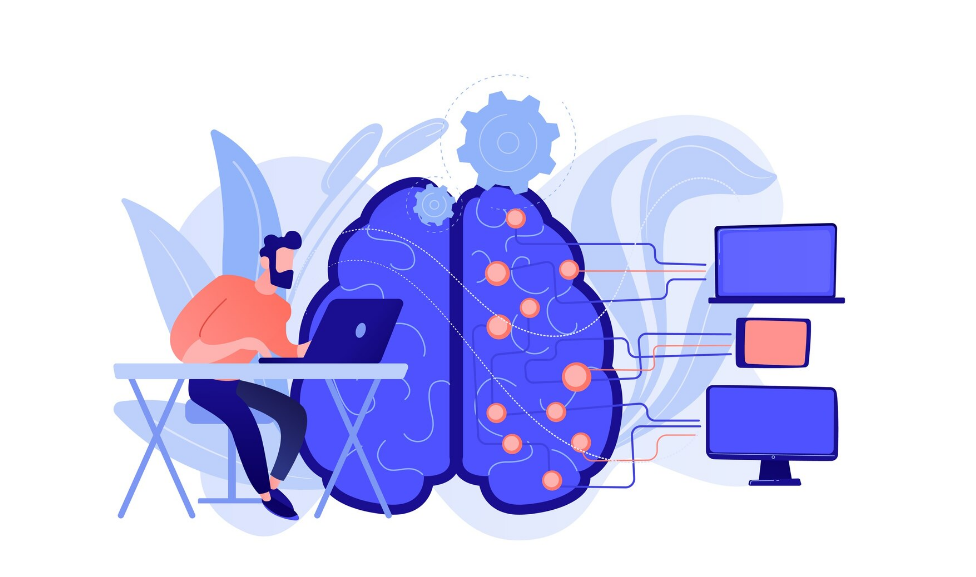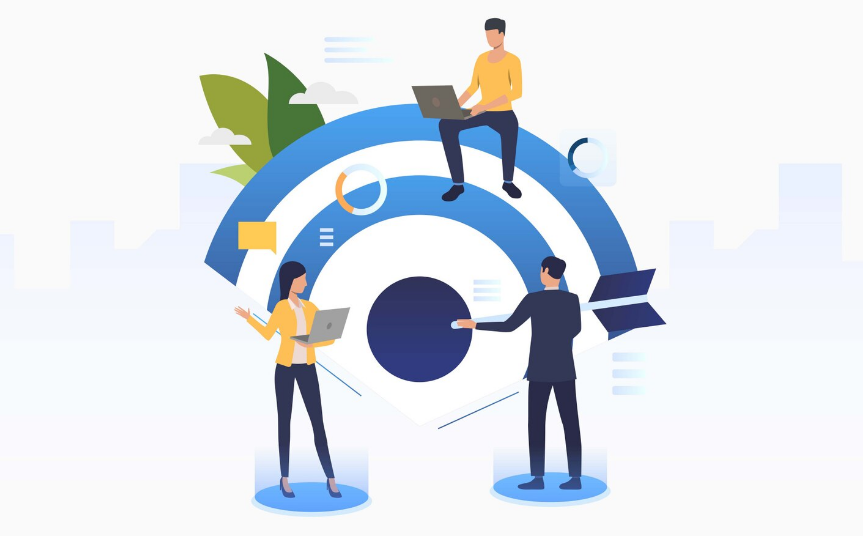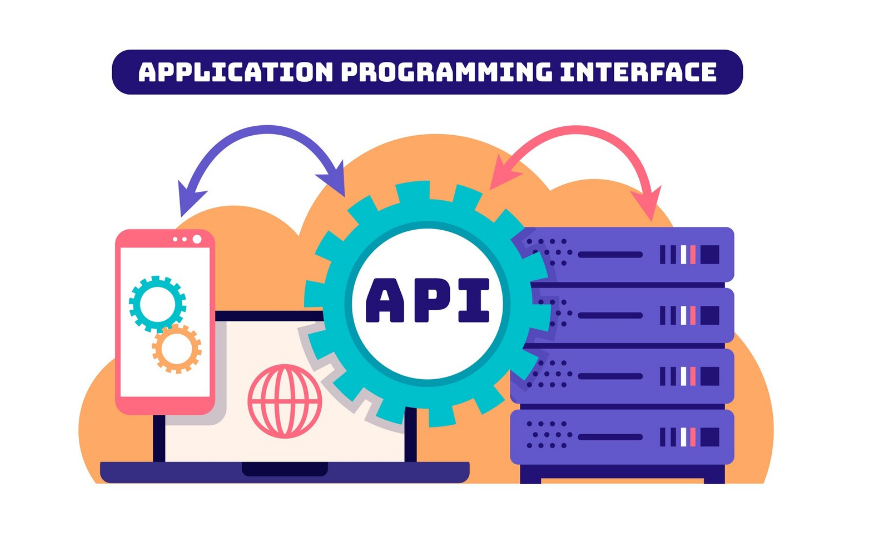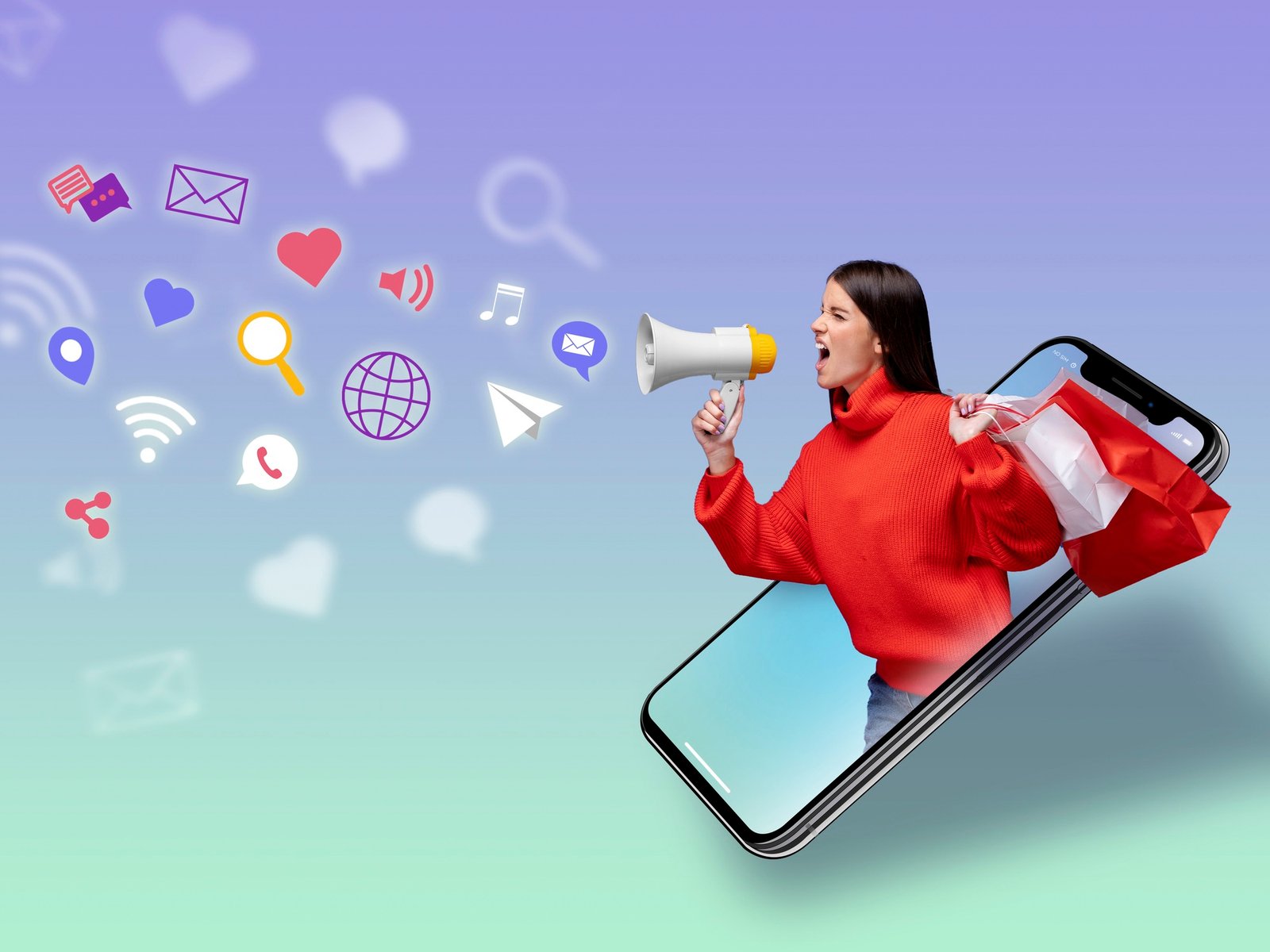In today’s crowded digital landscape, B2B buyers are bombarded with content, offers, and messaging every day. So how do you stand out? The answer lies in hyper-personalization—a powerful strategy that uses real-time data, AI, and automation to create highly tailored experiences for each individual decision-maker.
What Is Hyper-Personalization?
Hyper-personalization goes beyond using a prospect’s name in an email or referencing their company. It leverages behavioral data, purchase history, firmographics, and intent signals to deliver dynamic, real-time content that speaks directly to a user’s current needs and interests.
In B2B, where multiple stakeholders and long sales cycles complicate the buying journey, hyper-personalization can be the difference between a conversion and a lost lead.
Why Hyper-Personalization Matters in B2B Marketing
Shortens the Sales Cycle
Hyper-personalized messaging can accelerate decision-making by addressing each stakeholder’s unique pain points and needs, reducing the time spent in the consideration stage.
- Improves Engagement and Conversion Rates
B2B buyers are more likely to respond to content that feels relevant. Hyper-personalization increases email open rates, boosts click-through rates, and enhances form fills and demo requests. - Builds Stronger Relationships
Personalized interactions signal to prospects that you understand their business and challenges, helping you build trust and long-term partnerships. - Increases ROI
By focusing on high-intent leads and delivering the right message at the right time, companies can achieve more efficient marketing spend and better ROI.
Key Components of a Successful Hyper-Personalization Strategy
1. Data-Driven Segmentation
Move beyond basic demographics. Use firmographic data (industry, size, revenue), behavioral data (web activity, content downloads), and technographic insights (tools and software used) to build micro-segments.
2. Intent Data and Predictive Analytics
Track user behavior across multiple touchpoints—emails, website visits, webinars, social engagement—and use AI to predict purchase intent and tailor messaging accordingly.
3. Dynamic Content Delivery
Implement dynamic website content and personalized landing pages. Show product recommendations, testimonials, or case studies tailored to the visitor’s industry or role.
4. AI-Powered Email Campaigns
Use marketing automation tools to trigger hyper-personalized emails based on actions such as eBook downloads, webinar attendance, or repeated visits to pricing pages.
5. Sales and Marketing Alignment
Ensure your sales team is equipped with insights from your personalization engine. Personalization should extend across outreach emails, sales decks, and discovery calls.
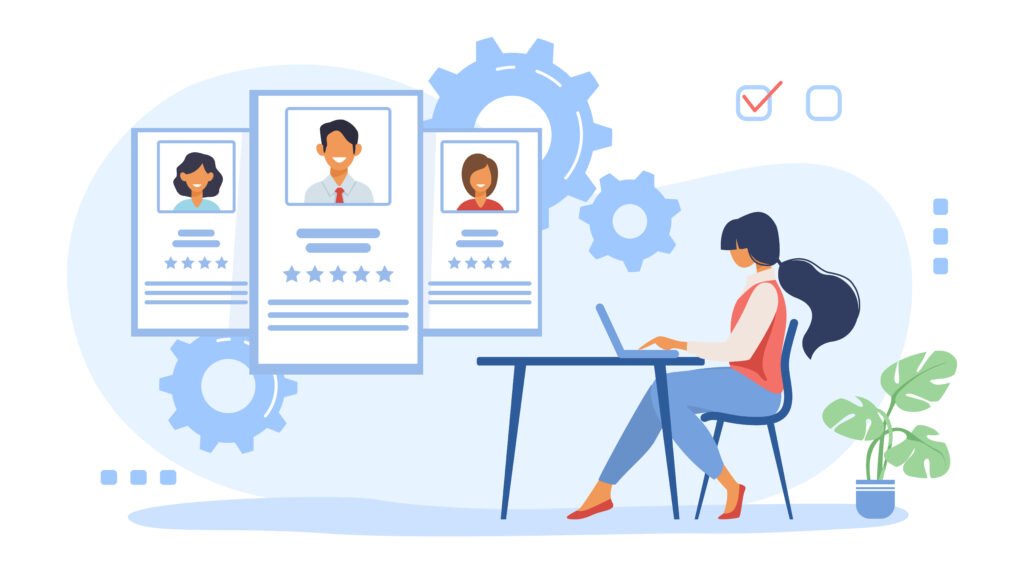
Real-World Examples of Hyper-Personalization That Converts
- LinkedIn Ads for ABM: Delivering industry-specific LinkedIn ads with personalized CTAs led to a 47% increase in conversions for a SaaS firm targeting enterprise clients.
- Personalized Email Sequences: A B2B fintech company used behavioral data to segment email flows and saw a 3x higher reply rate compared to generic campaigns.
- AI-Powered Chatbots: One IT services firm used a chatbot that tailored responses based on the visitor’s company size and web behavior, boosting qualified lead generation by 60%.
Getting Started with Hyper-Personalization
Here’s a quick roadmap to begin implementing hyper-personalization in your B2B strategy:
- Audit Your Data – Ensure you have clean, actionable data across your CRM, marketing automation, and analytics platforms.
- Map the Buyer Journey – Identify touchpoints where personalization can make the biggest impact.
- Test and Optimize – Start with one channel (e.g., email or landing pages), measure results, and iterate.
- Leverage Technology – Invest in tools like AI-driven personalization platforms, intent data providers, and dynamic content engines.
Final Thoughts: The Future Is Hyper-Personalized
B2B buyers expect the same level of personalization they get in their consumer lives. Hyper-personalization is not just a buzzword—it’s a strategic imperative for businesses that want to grow faster, convert more leads, and build deeper relationships.
As competition intensifies, the companies that master hyper-personalization will be the ones that win attention, loyalty, and revenue.
Need help implementing hyper-personalization in your B2B marketing strategy?
Let’s talk about how you can unlock smarter growth today.

